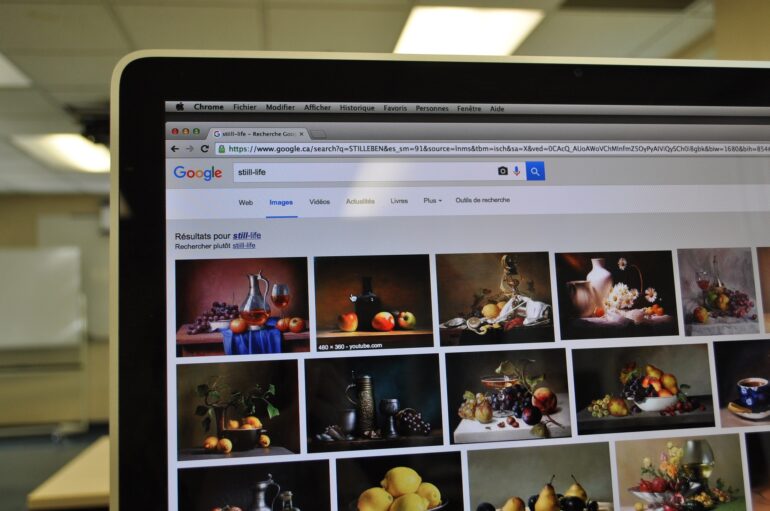TL;DR:
- Google plans to embed a special markup in AI-generated images to indicate their origin.
- The markup will not be visible to the human eye but can be read by software like Google Search.
- The purpose is to warn users and prevent deception by providing labels and additional information about the images.
- Google’s approach is to label the images when they are generated instead of trying to determine their authenticity later on.
- The move is a significant effort to address concerns about the misuse of AI-generated content.
- There is currently no reliable way to determine if an image is AI-generated or human-produced.
- Google will collaborate with Shutterstock and Midjourney to implement the new markup approach.
- The announcement was made during Google’s annual developers conference, where they also introduced a folding phone and additional AI features.
- The initiative aims to safeguard the authenticity and trustworthiness of visual content.
Main AI News:
In a groundbreaking move, Google has revealed its latest endeavor to address the growing concern of deceptive content generated by artificial intelligence (AI). The tech giant announced on Wednesday that it would embed special information, known as markup, within images produced by its AI models.
While this hidden data remains imperceptible to the human eye, it will enable software like Google Search to recognize and display a warning label, alerting users to the AI origin of the image. Furthermore, Google will furnish supplementary details about each image in its search results, such as the upload date and whether it has been referenced by credible news sources.
Google showcased an example of the warning label, stating, “Image self-labeled as AI-generated.” This significant initiative represents the most robust effort undertaken by a major technology company to label and categorize outputs derived from generative AI. Experts and industry professionals have long expressed concerns over the potential misuse of AI-generated content, which can be exploited by spammers, scammers, and propagandists due to its ability to create lifelike images and coherent passages of text.
To illustrate the severity of the issue, consider the recent case of an AI-generated image featuring Pope Francis donning a fashionable winter jacket, which went viral and successfully deceived unsuspecting individuals into believing it was real. One of the prevailing challenges faced by the AI industry lies in the absence of a reliable method to distinguish between computer-generated and human-produced images. Although certain indicators, like poorly rendered hands, may hint at an AI creation, there remain no definitive means of discerning the origins of an image.
Google has adopted a proactive approach to tackle this predicament, choosing to label images immediately upon their emergence from the AI system rather than attempting to authenticate their veracity at a later stage. Collaborating with Shutterstock and Midjourney, Google will implement this novel markup approach. According to Google’s developer documentation, the markup will allow for image categorization into three types: trained algorithmic media, generated by an AI model; composite images, partly created with the assistance of an AI model; and algorithmic media, crafted by a computer without reliance on training data.
Conlcusion:
Google’s decision to embed AI image markup and address the issue of deceptive content holds significant implications for the market. This move signifies a heightened focus on enhancing transparency and authenticity in the digital landscape. By providing users with visible warnings and additional information, Google is proactively addressing concerns related to AI-generated images and their potential misuse. This development is likely to influence other technology companies and platforms to adopt similar measures to protect users from deceptive practices.
As the market becomes more conscious of the importance of genuine content, businesses may need to adapt their strategies to ensure transparency and build trust with their audience. Moreover, this advancement showcases the increasing role of AI in shaping the future of image recognition and authentication, opening up opportunities for businesses in areas such as image classification and content verification. Overall, Google’s initiative sets a precedent for responsible AI usage, emphasizing the market’s growing demand for verifiable and trustworthy digital experiences.

